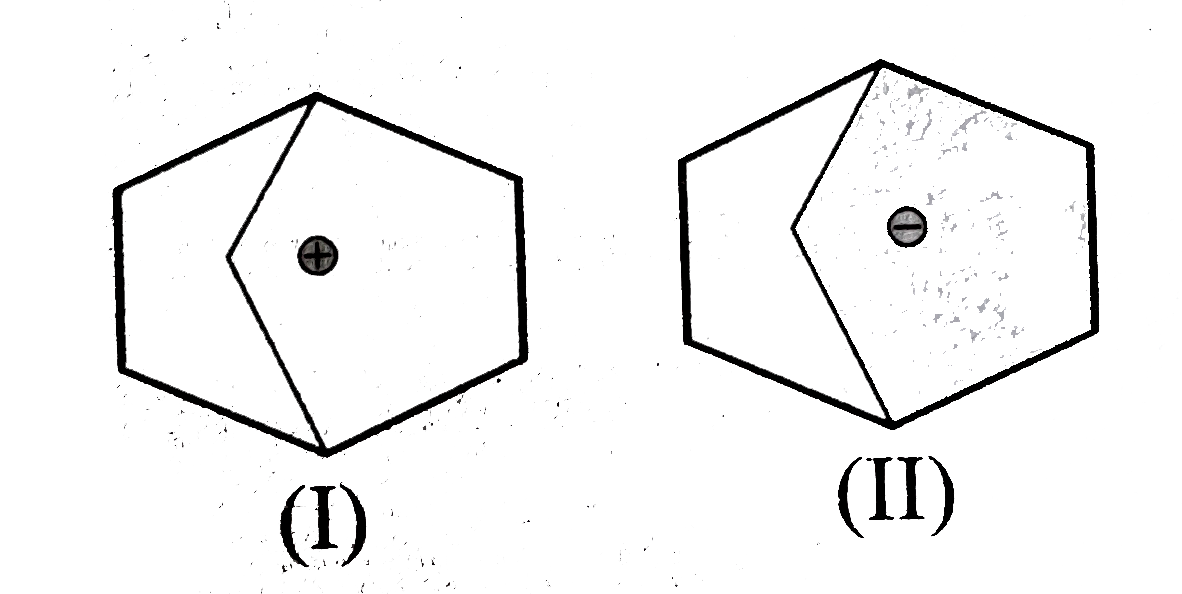Which is expected to be more stable,
(I) O2NCH2CH2O− or
(II) CH3CH2O− any why ?
To determine which of the two species, (I) O2NCH2CH2O− or (II) CH3CH2O−, is more stable, we need to analyze the effects of the substituents on the stability of the negative charge on the oxygen atom.
1. Identify the Structures:
- (I) O2NCH2CH2O−: This compound has a nitro group (−NO2) attached to a carbon chain that leads to an oxygen atom with a negative charge.
- (II) CH3CH2O−: This compound has an ethyl group (−CH2CH3) attached to an oxygen atom with a negative charge.
2. Analyze the Effects of Substituents:
- In (I), the nitro group is an electron-withdrawing group due to its strong -I (inductive) and -R (resonance) effects. This means it pulls electron density away from the oxygen atom, which can help stabilize the negative charge through resonance.
- In (II), the ethyl group is an electron-donating group due to its +I (inductive) effect. This means it pushes electron density towards the oxygen atom, which can increase the negative charge on the oxygen and make it less stable.
3. Consider Resonance and Delocalization:
- For (I), the negative charge on the oxygen can be delocalized through resonance with the nitro group. This delocalization helps to stabilize the negative charge.
- For (II), there is no resonance stabilization available. The negative charge remains localized on the oxygen atom, which makes it less stable.
4. Conclusion:
- Since (I) benefits from both inductive and resonance effects that stabilize the negative charge, while (II) has an electron-donating group that destabilizes the negative charge, we conclude that (I) O2NCH2CH2O− is more stable than (II) CH3CH2O−.
Final Answer:
(I) O2NCH2CH2O− is more stable than (II) CH3CH2O− due to the -I and -R effects of the nitro group, which stabilize the negative charge through delocalization.
- (I) O2NCH2CH2O−: This compound has a nitro group (−NO2) attached to a carbon chain that leads to an oxygen atom with a negative charge.
- (II) CH3CH2O−: This compound has an ethyl group (−CH2CH3) attached to an oxygen atom with a negative charge.
- In (I), the nitro group is an electron-withdrawing group due to its strong -I (inductive) and -R (resonance) effects. This means it pulls electron density away from the oxygen atom, which can help stabilize the negative charge through resonance.
- In (II), the ethyl group is an electron-donating group due to its +I (inductive) effect. This means it pushes electron density towards the oxygen atom, which can increase the negative charge on the oxygen and make it less stable.
- For (I), the negative charge on the oxygen can be delocalized through resonance with the nitro group. This delocalization helps to stabilize the negative charge.
- For (II), there is no resonance stabilization available. The negative charge remains localized on the oxygen atom, which makes it less stable.
- Since (I) benefits from both inductive and resonance effects that stabilize the negative charge, while (II) has an electron-donating group that destabilizes the negative charge, we conclude that (I) O2NCH2CH2O− is more stable than (II) CH3CH2O−.
(I) O2NCH2CH2O− is more stable than (II) CH3CH2O− due to the -I and -R effects of the nitro group, which stabilize the negative charge through delocalization.
Topper's Solved these Questions
- GENERAL ORGANIC CHEMISTRYBOOK - CENGAGE CHEMISTRY ENGLISHCHAPTER - GENERAL ORGANIC CHEMISTRYEXERCISE - Comprehension
20 Videos
- GENERAL ORGANIC CHEMISTRYBOOK - CENGAGE CHEMISTRY ENGLISHCHAPTER - GENERAL ORGANIC CHEMISTRYEXERCISE - Multiple Correct
22 Videos
- GENERAL ORGANIC CHEMISTRYBOOK - CENGAGE CHEMISTRY ENGLISHCHAPTER - GENERAL ORGANIC CHEMISTRYEXERCISE - Subjective
11 Videos
- CLASSIFICATION AND NOMENCLATURE OF ORGANIC COMPOUNDSBOOK - CENGAGE CHEMISTRY ENGLISHCHAPTER - CLASSIFICATION AND NOMENCLATURE OF ORGANIC COMPOUNDSEXERCISE - Analytical and Descriptive Type
3 Videos
- HYDROGEN, WATER AND HYDROGEN PEROXIDEBOOK - CENGAGE CHEMISTRY ENGLISHCHAPTER - HYDROGEN, WATER AND HYDROGEN PEROXIDEEXERCISE - Subjective Archive (Subjective)
3 Videos
Similar Questions
Knowledge Check
Given below are the structures of few compounds with molecular formula C4H10O. Select metamers from these structures.
(i) CH3−O−CH2CH2CH3
(ii) CH3CH2CH2CH2OH
(iii) CH3−CH2−O−CH2−CH3
(iv) CH3−C∣OHH−CH2−CH3A(i) and (ii)B(ii) and (iii)C(i) and (iii)D(ii) and (iv)
Consider the fallowing statement :
(I) CH3OC⊕H2 is more stable that CH3CH⊕2
(II) Me3C⊕ is more stable than CH3CH2C⊕H2
(III) CH2=CH−C⊕H2 is more stable than CH3CH2C⊕H2
(IV) CH2=C⊕H is more stable thn CH3C⊕H2 of these statement:
View SolutionWhich of the following is expected to generate more stable carbocation on the heterolysis of C-I bond?
CH3−O−CH2−I,<br>CH3−H∣N−CH2−I
View SolutionGive the IUPAC name of the compound
CH3−CH2−O−CH(CH3)−CH2−CH3
View SolutionWhich one/ones of the following reactions will yield 2-propanol ?
(I) CH2=CH−CH3+H2OH+−−→
(II) CH3−CHO(i)CH3Mgl−−−−−−−→(ii)H2O
(III) CH2(i)C2H5MgI−−−−−−−→(ii)H2O
(IV) CH2=CH−CH3Neutral KMnO4−−−−−−−−−−→
View SolutionExplain the following :
(a) Why MeNH⊕CH2 (I) is more stable more than MeCH2⊕CH2 (II) when both are 1∘ carbocations ?
(b) Which of the following intermediate is unstable ?

( c) Why allylic free radical (CH2−CH=CH2)(I) is more stable than propy1 free radical (.CH2−CH2−CH3)(II), when both are 1∘ free radicals ?
View SolutionGive the IUPAC name of the compound
CH3−CH2−CH(CH3)−CH2−O−CH2−CH3
View SolutionThe correct order of basicities of the following compounds is -
(I)_E01_945_Q01.png) , (II) CH3CH2NH2 : (III) (CH3)2NH , (IV) CH3−O∣∣C−NH2⎞⎟
⎟⎠
, (II) CH3CH2NH2 : (III) (CH3)2NH , (IV) CH3−O∣∣C−NH2⎞⎟
⎟⎠
View Solution